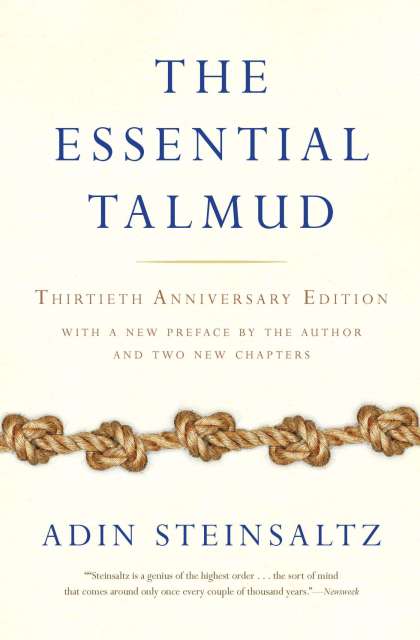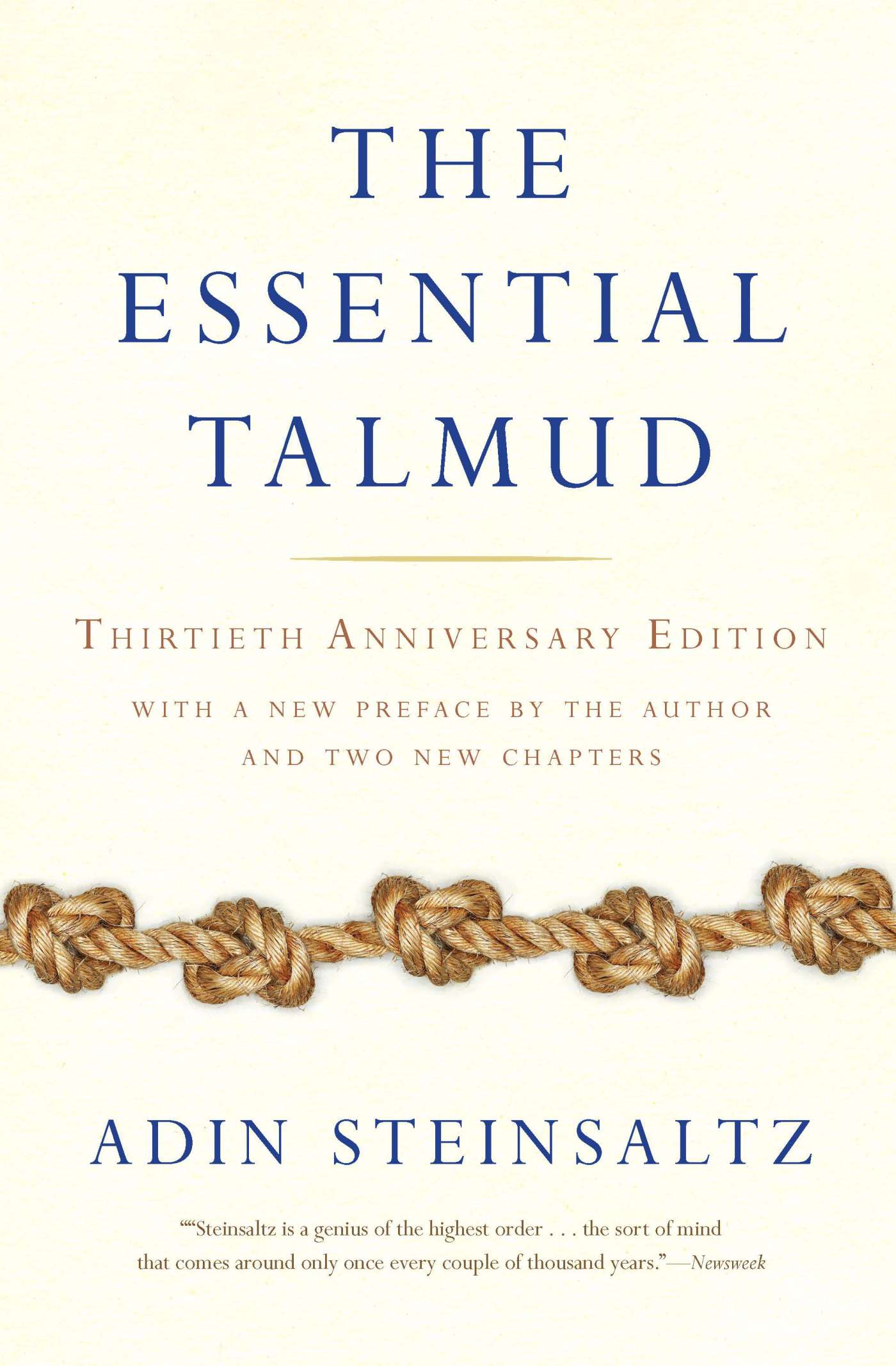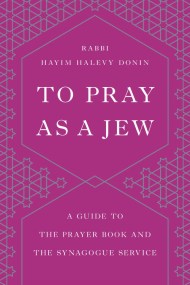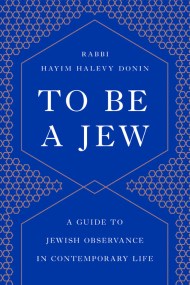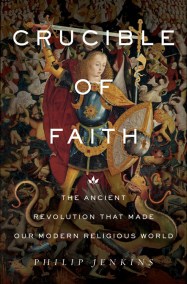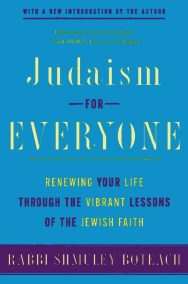Promotion
Use code MOM24 for 20% off site wide + free shipping over $45
The Essential Talmud
Contributors
Formats and Prices
Price
$13.99Price
$17.99 CADFormat
Format:
- ebook $13.99 $17.99 CAD
- Trade Paperback $19.99 $24.99 CAD
This item is a preorder. Your payment method will be charged immediately, and the product is expected to ship on or around March 17, 2009. This date is subject to change due to shipping delays beyond our control.
Also available from:
In The Essential Talmud, the renowned Israeli scholar and teacher Rabbi Adin Steinsaltz succinctly describes the history, structure, and methodology of the sacred text by which the Jewish people have lived and survived through the ages. Rabbi Steinsaltz summarizes the Talmud's main principles, demonstrates its contemporary relevance, and captures the spirit of this unique and paradoxical text as a human expression of divine law. This expanded edition features a historical overview of life in the times of the Talmud and an in-depth look at the content and appearance of the original Talmudic page. As Rabbi Solomon S. Bernards of the B'Nai B'rith Anti-Defamation League puts it, "this book is indispensable to those, Jews and Christians alike, who would like to gain an insight into what it is that moves the contemporary Jew."
Genre:
- On Sale
- Mar 17, 2009
- Page Count
- 336 pages
- Publisher
- Basic Books
- ISBN-13
- 9780786735419
Newsletter Signup
By clicking ‘Sign Up,’ I acknowledge that I have read and agree to Hachette Book Group’s Privacy Policy and Terms of Use
